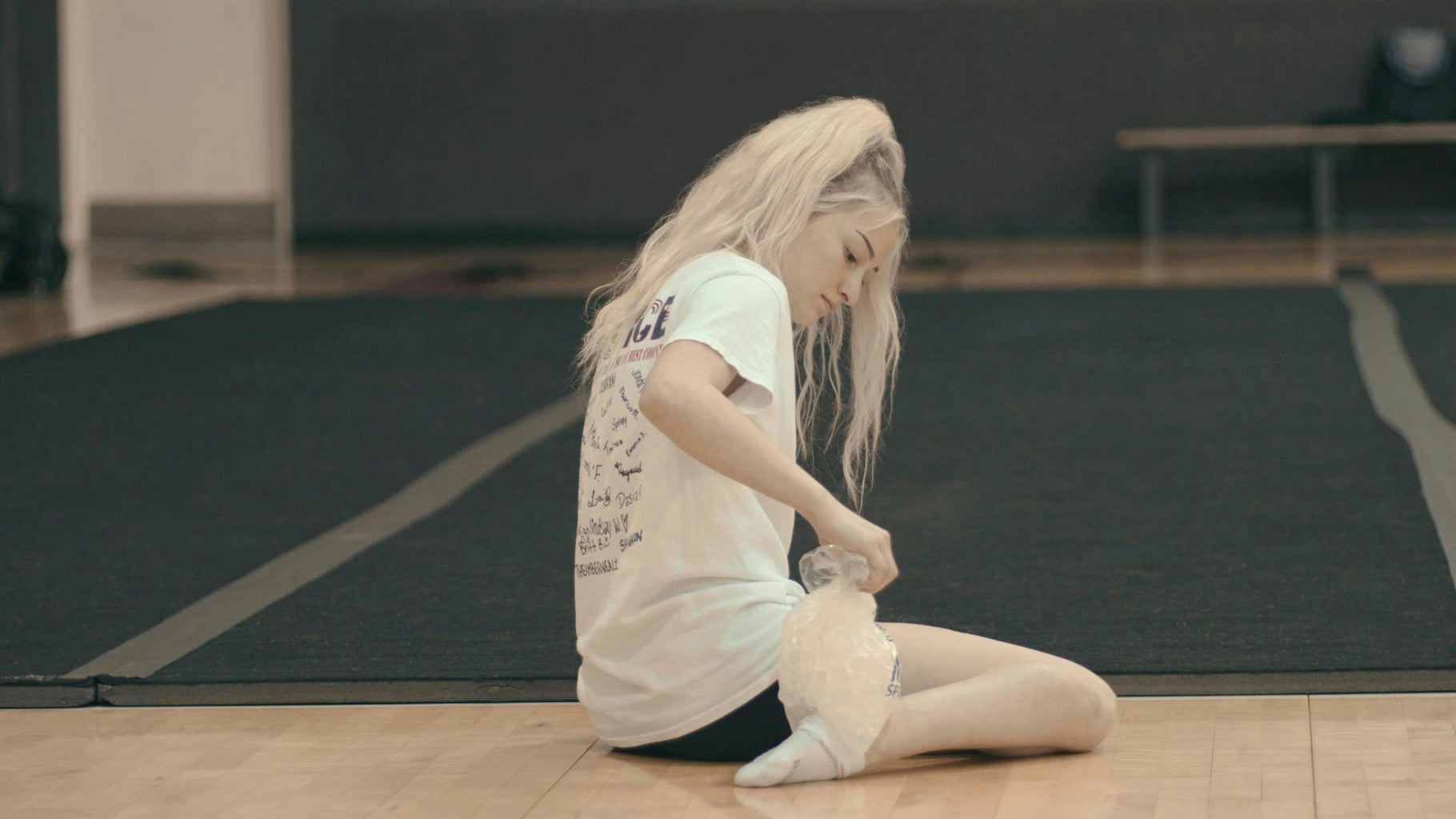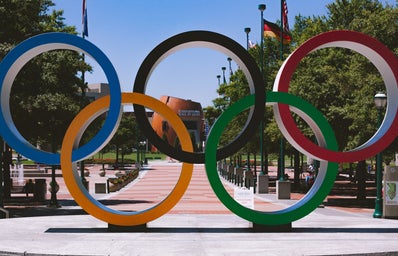Chalk in the air, apprehensive athletes, and fascinating acts. This is what stands out for those who attend for the first time at a Gymnastics competition. However, the sport, despite the graciousness and devotion of the gymnasts, is filled with scandals involving physical and moral abuses.
“I already felt uncomfortable using the leotard! Even sometimes when I am at the gymnasium, there are some children’s fathers that stare at me, for example. Unfortunately, in this world that we are in, there is a lot of people who do not respect athletes. We must have choices to compete as comfortably as possible but inside the rules.” reveals Camilla Gomes, 28, Brazilian trampoline gymnast.
Just like many other athletes, Camilla was an energetic child and began in the sport while still young, at the age of eight. The gymnast was the first Brazilian to pass to the finals at an Individual Trampoline World Championship and nowadays aspire to perform at the 2021 Olympic Games. With an extensive passage in the sport, Camilla recognizes the space that the traditional leotard occupies in Gymnastics.
“I enjoy the leotard, it makes it possible to see the body line, however, I know some gymnasts that do not feel comfortable in it, so they should have the choice of what to wear, an option to have or not the pants. But the black color hides some execution points, like the doubled knee. In male Gymnastics, for example, the black pant is not allowed, so I believe that this color at the females shouldn’t be too.”
Just like Camilla admits, the belief that choices must have a larger space in Gymnastics is common.
In April 2021, German gymnasts competed at the European Artistic Gymnastics Championship wearing a full-body leotard instead of the traditional one. The attitude was guided by the athlete Sarah Voss, 21, and was well accepted by her colleagues and the German Federation, which called it an act against sexualization in the sport.
“For us, it was important above all to reach young athletes because it’s often said that a couple of athletes currently don’t want to continue in the sport during puberty because of the dress code. We want to show them that we, as competitive athletes, also wear such a thing and can present ourselves this way and everyone should decide what they would like to wear. Nobody tried before to change things. We knew that when we wore this new leotard, everyone will look at us. It is good that everybody is now discussing it,” expressed Voss in an interview with the news channels Reuters and DW News.
Now surrounding more than six modalities — Artistic, Rhythm, Trampoline, Aerobics, and Acrobatic —, the Gymnastics had its first public appearance at the 1896 Athens Games, Greek. However, only male athletes were welcomed. Just in 1928, some female German gymnasts were allowed to join the Olympic Games.
From 1928 to this moment, some gender distinctions were also established in the sport. In Artistic Gymnastics, for example, women do not take part in modalities as the high bar, still, rings, pommel horse, and parallel bar, and men do not perform at the uneven bars and the balance beam.
On the other hand, Rhythm Gymnastics is a female-only division that mixes aerobics moves with ballet and theatrical performances, a style that cannot be found in the male’s sections. “Beauty, elasticity, ability, graciousness, agility, and artistic expression. Those are some of the essential qualities of a rhythm gymnastics participant. And all of them are easily found on women, only members of the modality,” claims the Brazilian Olympic Committee on his official site.
Despite some attitudes like Sarah’s, Gymnastics is still a sport filled with scandals associated with physicals and morals abuses against the athletes.

Scandals
The biggest harassment case inside the Gymnastics world is the one that holds Larry Nassar, 54, a former doctor at the USA Gymnastics national team, that was documented by HBO in “At the Heart of Gold: Inside the USA Gymnastics Scandal” released in 2019 and by Netflix in the piece “Athlete A”, 2020.
The aggressor spent more than two decades abusing athletes, in majority teenagers and children, without being investigated or questioned by the USA Gymnastics Federation. In 2016, the first public statement accusing the former doctor was guided by the ex-gymnast Rachel Denhollander and launched the official investigations against him.
Nassar went through the judgment where more than 156 testimonies from athletes and Olympic champions were conferred, and the former doctor took a sentence that sums 360 years in three accusations.
With the progress of the situation, a bunch of other athletes around the world gained the confidence to expose that they were also victims of sexual and moral violence during their gymnast’s career.

With so many allegations that involved violence against gymnasts, the Australian Human Rights Commission decided to start “an independent review of culture and practice at all levels of the sport of gymnastics in Australia” and in 2021 released some recommendations for a change in the sport.
“… the Commission found that unique facets of gymnastics, including an extremely high proportion of young female athletes, contribute to a high-risk environment for abuse and the maintenance and reinforcement of negative societal stereotypes and ideals around gender,” announced The Review.
The Report also tried to understand the relationships between the coaches and the athletes, that sometimes can assume an authority position.
“The Commission heard that while many athletes have had positive experiences and relationships with their coaches, there was a persistent use of ‘authoritarian’ or highly disciplinary coaching styles. Many related this to a deeply held view throughout the sport that such styles were the best way to coach winning athletes, regardless of the impact on gymnasts’ health and wellbeing…. A focus on ’winning at all costs’ and an acceptance of negative and abusive coaching behaviors has resulted in the silencing of the athlete’s voice and an increased risk of abuse and harm with significant short and long term impacts to gymnasts.”
The twelve recommendations that the Commission produced spins around coach’s mentoring, former registration of them, the establishment of an online talk network, appropriate instruction about child abuse, official’s apologies for sexual violence victims, prevention of eating disorders, and investigations about negligence and harassment. The Report expects to promote changes in the sport and turn it into a safe space for the new athlete’s generation.

——————————————————————————-
The article above was edited by Amanda Oestreich.
Liked this type of content? Check Her Campus Casper Libero’s home page for more!


